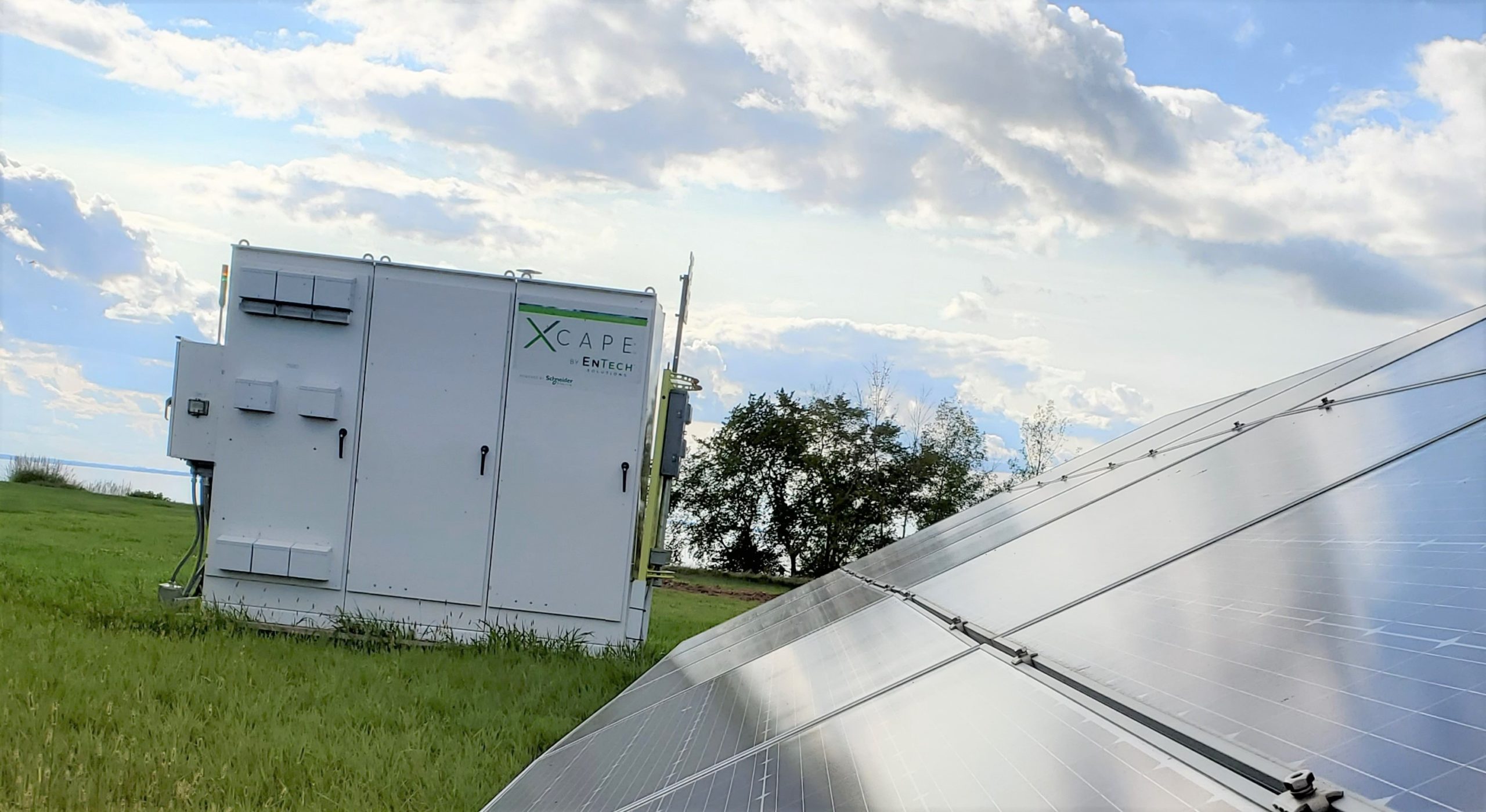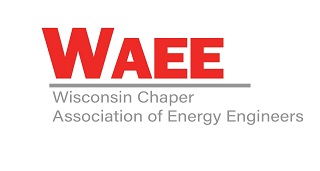
The energy landscape is evolving as renewable energy becomes more affordable, while decentralization and decarbonization take center stage. The traditional utility grid will always be a part of the overall energy infrastructure, but customers are looking for ways to improve resiliency with more cost-effective, sustainable energy. Here’s where microgrids come into play and what you should know about them.
1. What is a microgrid?
A microgrid is an actively managed energy generation and storage system that provides cost-effective, resilient, renewable energy. Microgrids are small (micro) and offer grid-like capabilities in terms of linking different assets together. Microgrid components include an energy source, such as solar or wind turbines, and battery storage. In off-grid scenarios, a generator may be used as supplemental power in case there isn’t enough sunshine or solar energy being produced. Think of a microgrid as a “mini clean power plant.”
2. What are the key benefits of a microgrid?
Before jumping into the benefits of a microgrid, it is important to understand the different between grid-tied solar systems and a microgrid. Grid-tied solar can reduce your utility costs, since supplemental electricity is being generated onsite. Solar is an option if you are looking to improve sustainability measures, however if the grid goes down, solar alone does not provide resilience – which is one of the key benefits of a microgrid.
If your operation depends on reliable energy, a microgrid can offer just that. It can operate during a power outage and ensure you are powering the necessary loads when an outage happens. So, can’t a generator do this? Yes, however it goes back to sustainability. A microgrid can provide clean backup power without the fuel emissions created by a generator.
Microgrids can also help reduce demand charges. Demand charges are incremental charges for electricity used during the highest demand times during a billing period (peak demand). Demand charges are designed as a way for utilities to recover some of the costs associated with providing sufficient electricity generation and distribution capacity to their customers. Microgrids can help reduce grid energy usage, which can have a big impact on your budget, particularly if you pay higher rates for electricity.
3. What are the different types of microgrids?
There are two main types of microgrids: off-grid and on-grid systems. In an off-grid microgrid, your “mini clean power plant” is completely disconnected from the utility grid. Imagine you are going to build a restaurant on the base of a mountain in Colorado. You need power, however bringing in utility power isn’t an option as it is cost prohibitive or just not feasible. This is the perfect example of how a microgrid works in an off-grid setting. It can provide remote power when other options are not available or if the cost to bring in utility power is too high.
On-grid is just as the name implies. This type of microgrid is connected to the utility grid, and the grid serves as another source of power, aside from the solar or other renewable power built into the microgrid. One key benefit of this option is that if you are not using all the energy you produce, you can often sell it back to the utility, helping to improve your ROI.
4. What microgrid financing options are available?
There are a few common financing options to consider when looking at microgrids, and the most popular over the past few years is Energy as a Service (EaaS). In this business model, you receive energy services without an upfront capital investment. EaaS models typically take the form of power purchase agreements (PPAs), leases or energy service agreements for distributed energy assets owned by the microgrid developer. They can also include the monitoring and management of energy usage to deliver optimum energy outcomes.
Another financing option is a leaseback, where the microgrid developer will provide design, operations and maintenance services based on a fixed lease amount. Over time, customers can choose to buy the system at a depreciated value or continue to lease. Aside from the options above, customers may decide to purchase their microgrids outright and work with a partner to help operate, optimize and maintain the system. This option is often seen in states or regions in which selling electricity by the kilowatt hour is prohibited.
5. What trends are happening in the microgrid space?
The microgrid market is evolving and growing rapidly in the United States. Natural disasters, such as the deep freeze in Texas in early 2021, highlight how valuable distributed energy generation can be in terms of keeping the power on. The wildfires in California are another example of an on-going issue in which microgrids can help provide resilience when public safety power shutoffs (PSPS) occur. Businesses are realizing the value in avoiding downtime and are taking steps to prevent their operations from being affected. Incentives such as the Self-Generation Incentive Program (SGIP) in California are also propelling microgrid development on the West Coast.
Another trend is the use of microgrids to support the growth of electric vehicle charging and other types of electrification. Industry experts predict that increased electrification could boost national energy consumption by as much as 38% by 2050 in large part because of electric vehicles. More energy generation will be needed to support this increase, and microgrids can provide just that. In addition, the environmental benefit of electric vehicles can increase dramatically depending on what type of electricity is charging those vehicles.
For more information on how microgrids can support your operations, connect with an EnTech energy expert who will work with you on a plan to meet your energy goals.
Thank you for checking out the EnTech Solutions blog. To stay up to date with technologies, developments and trends about clean energy, please subscribe.








